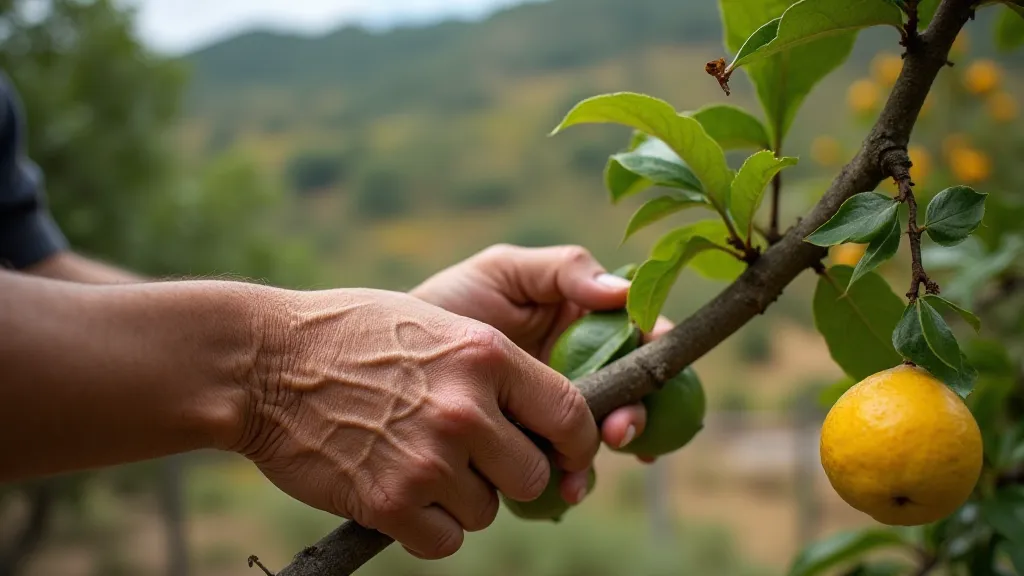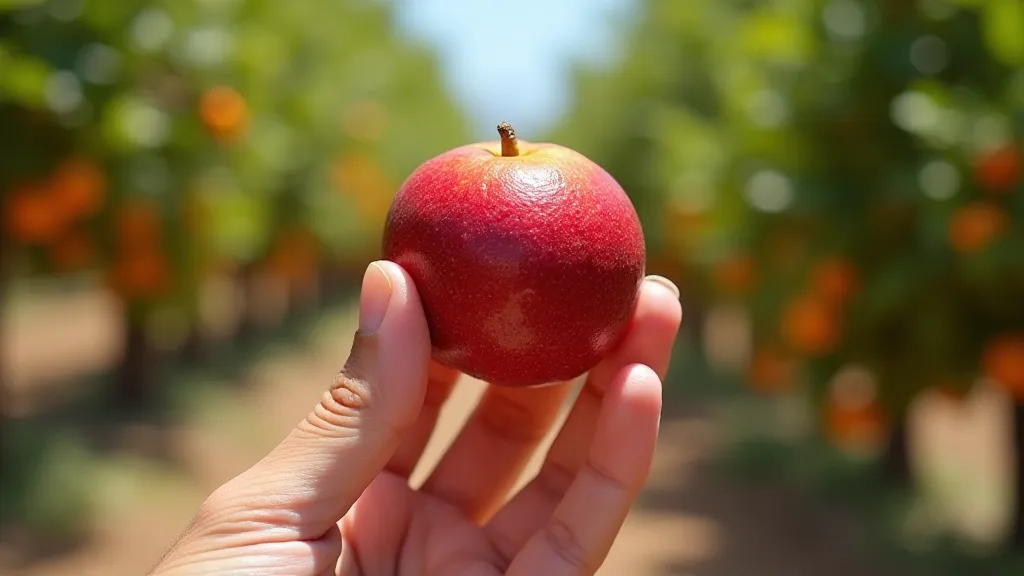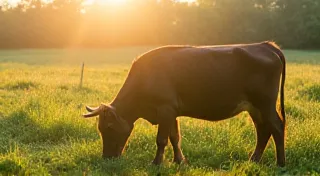From Fields to Feasts: The Unseen Labor in Sicilian Citrus Bounty
The scent of Sicily – sun-drenched lemon groves clinging to volcanic slopes, the sharp tang of oranges mingling with the briny kiss of the sea – is practically synonymous with joy. It’s a fragrance evoked in countless paintings, romantic novels, and travel brochures. But behind that idyllic image lies a complex, often poignant reality; a story etched into the gnarled roots of ancient citrus trees and the weathered hands of those who tend them. This isn’t just a tale of agricultural success; it’s a human story, interwoven with economic hardship, cultural resilience, and the enduring legacy of tradition.
My own connection to Sicily began, oddly enough, with an accordion. My grandfather, a Sicilian immigrant, possessed a battered, beautifully crafted instrument. Its bellows sighed a mournful melody – sometimes lively, sometimes melancholic – a soundtrack to our family’s gatherings. He's long gone now, but the instrument remains – a tangible link to a homeland I’m still coming to understand. He’s the one who first spoke of the 'arance rosse' (blood oranges) and the lemons – “the gold of Sicily,” he called them – not just as fruits, but as symbols of the island’s identity, a testament to the labor that produced them.

A History Rooted in Trade and Hardship
The story of Sicilian citrus is intertwined with the island’s history of conquest and colonization. Arab traders introduced citrus fruits to Sicily in the 10th century, transforming the landscape and initiating a centuries-long tradition of cultivation. The climate, the volcanic soil, the abundant sunshine – all conspired to create a paradise for citrus growth. Later, under Norman rule, citrus production expanded, fueling trade routes that stretched across Europe. These fruits became a prized commodity, a source of wealth and, unfortunately, also a tool for exploitation. The ingenuity and adaptation of these early settlers, blending new crops with established agricultural practices, highlights a parallel with other regions where culinary traditions have blossomed through the fusion of cultures. Consider, for instance, the gastronomic tapestry of Oaxaca, where mole, a complex sauce embodying ancestral knowledge, showcases a similar fusion of influences.
The 19th and 20th centuries saw a rise in large-scale citrus plantations, often operated under feudal systems. Sharecropping, low wages, and grueling working conditions were commonplace. The ‘contadini’ (farmers) labored under the intense Sicilian sun, often from dawn till dusk, their lives dictated by the rhythms of the harvest. While Sicily benefited from the export of these vibrant fruits, the profits rarely trickled down to the workers, perpetuating a cycle of poverty.
The Craftsmanship of Cultivation
Modern citrus cultivation in Sicily isn’t just about planting trees; it’s a deeply skilled craft passed down through generations. Each variety – the sweet, juicy 'Femminello' oranges, the intensely aromatic 'Bergamot' lemons (essential for Earl Grey tea), the deep crimson 'Sanguinello' blood oranges – demands specific care. Understanding the soil composition, managing pests naturally (often relying on traditional methods), and pruning the trees with a practiced hand – these are the hallmarks of a skilled 'agrumulatore' (citrus farmer). This dedication to craft isn't unique to Sicily. The intricate details involved in preserving ancient culinary techniques are echoed in other regions; think of the dedication behind making Uyghur cuisine, where recipes trace a journey along the Echoes of the Silk Road, and the preservation of culinary traditions over millennia.
There's a quiet artistry in witnessing an experienced farmer at work. The way they assess the health of a tree with a single touch, the precision with which they prune to encourage optimal fruit production – it’s akin to a sculptor shaping clay. This isn’t just about efficiency; it’s about nurturing the land, respecting the trees, and honoring the legacy of those who came before.
The Taste of Resilience
The challenging conditions under which these fruits are grown undeniably influence their flavor. The volcanic soil imparts a unique minerality. The intense sunlight concentrates the sugars. The struggle against the elements – the occasional drought, the pests – all contribute to a complexity of taste that you simply won't find in citrus grown in more sheltered environments. The result is a taste that's more than just sweet and tart; it's a story bottled in juice.
I remember a conversation with an elderly farmer, Angelo, during a trip to Sicily. “The fruit,” he said, his voice raspy from years of sun and wind, “it tastes of the earth, of the sun, of the work. It holds the stories of our ancestors.” He paused, then added, “It tastes of resilience.” His words resonated deeply, encapsulating the essence of Sicilian citrus – a testament to the human spirit’s ability to endure and thrive in the face of adversity. This concept of a flavor profile deeply connected to the region’s unique challenges is a sentiment often found in culinary traditions worldwide; the tangy, complex notes of the tamarind, for example, hold centuries of history, part of the tamarind’s tang across Southeast Asia and its rich legacy.

The Accordion's Echo and the Future of Citrus
Returning to my grandfather's accordion, I realize it represents more than just a musical instrument; it's a symbol of the cultural heritage that is inextricably linked to the land. The melancholic melodies it played were often accompanied by stories of hardship and longing, but also of pride and perseverance. The instrument itself is a vessel for narratives, much like how the cuisine of the Basque region carries tales of its connection to the Atlantic - a relationship explored in the Emerald Coast’s Embrace.
Today, Sicilian citrus faces new challenges. Globalization, competition from lower-cost producers, and climate change all pose threats to the industry. There's a renewed focus on sustainable practices, promoting local varieties, and highlighting the unique qualities of Sicilian citrus to consumers around the world. Organizations are working to ensure fair wages and working conditions for farmers, recognizing that the future of the industry depends on the well-being of those who cultivate it. The preservation of traditional practices in the face of global forces is paramount, mirroring efforts to safeguard culinary heritage and maintain quality across various regions.
The restoration of my grandfather's accordion has become a metaphor for the restoration of Sicilian citrus. It requires careful attention to detail, a deep understanding of the instrument’s history, and a commitment to preserving its authenticity. Just as the accordion’s bellows need careful maintenance to produce its music, so too do the Sicilian citrus groves require sustained effort and respect to continue yielding their bounty. The challenge of balancing tradition with modern demands is a universal one, a delicate dance between honoring the past and adapting to the future. The preservation of such cultural treasures requires collective dedication.

The ongoing challenges within the citrus industry highlights the broader struggle for sustainability in agriculture. Finding ways to ensure economic viability for farmers while preserving the quality and authenticity of the product is a delicate balancing act. The increasing importance of traceability and transparency in the food supply chain plays a crucial role in connecting consumers to the stories behind the fruits they consume. This connection fosters an appreciation for the labor and tradition that contribute to the final product.
The future of Sicilian citrus hinges on several key factors. Investing in research and development to create more resilient varieties, promoting sustainable farming practices that minimize environmental impact, and educating consumers about the unique qualities of Sicilian citrus are all essential steps. The ongoing effort requires a collaborative approach, involving farmers, researchers, policymakers, and consumers. By working together, we can ensure that Sicilian citrus continues to flourish for generations to come.
The next time you savor the vibrant sweetness of a Sicilian orange or the tangy aroma of a Bergamot lemon, remember the story behind it. Remember the labor, the tradition, and the people who make it possible. And perhaps, consider exploring other regions and their unique foodways – like the journey into the crimson thread that weaves through the identity of New Mexico.





